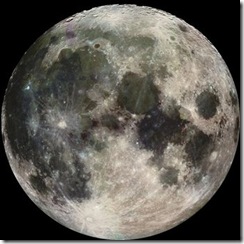 Soon this might become reality as NASA’s Mini-SAR instrument which travelled aboard to moon along with Chandrayaan-I has found out more than 40 ice filled holes (craters) on the North Pole of the moon
Soon this might become reality as NASA’s Mini-SAR instrument which travelled aboard to moon along with Chandrayaan-I has found out more than 40 ice filled holes (craters) on the North Pole of the moon
LCROSS (Lunar CRater Observation and Sensing Satellite) an experiment conducted separately by NASA also confirmed ice deposits but it suspect the traces of other compounds such as hydrocarbons mixed in the lunar ice. Scientists estimate an huge (600 million metric tons) amount of water ice within the craters. The water ice remains stable because the interiors of most of these craters are permanently darkened and remain well below freezing point at all times
Scientists expect the water to be pure and available with in the few meters beneath the lunar soil as major area of these caters remain in dark and not exposed to the sun light. This discovery triggers greater enthusiasm among scientists as they started expecting human life in the moon.This is one of such comments
now we can say with a fair degree of confidence that a sustainable human presence on the Moon is possible. It’s possible using the resources we find there.
Dr Paul Spudis, Lunar and Planetary Institute
As an Indian I am very proud about the Chandrayaan-I success of ISRO and expect many more discoveries from them. It is not a surprise if people are planning their next year vacation trip to moon.
